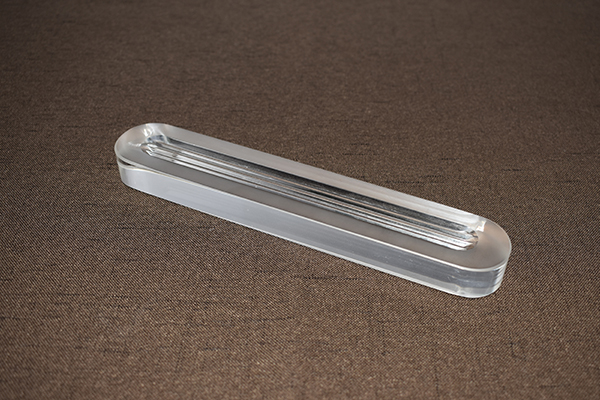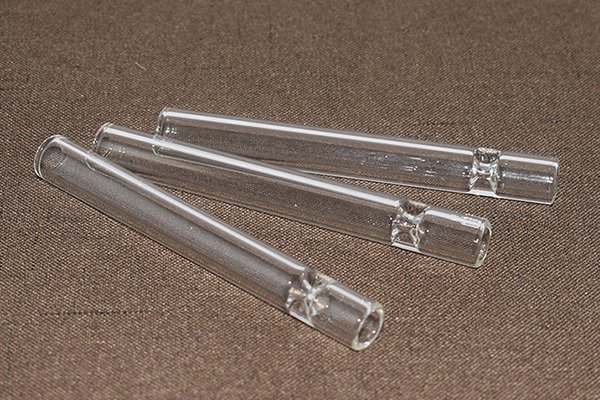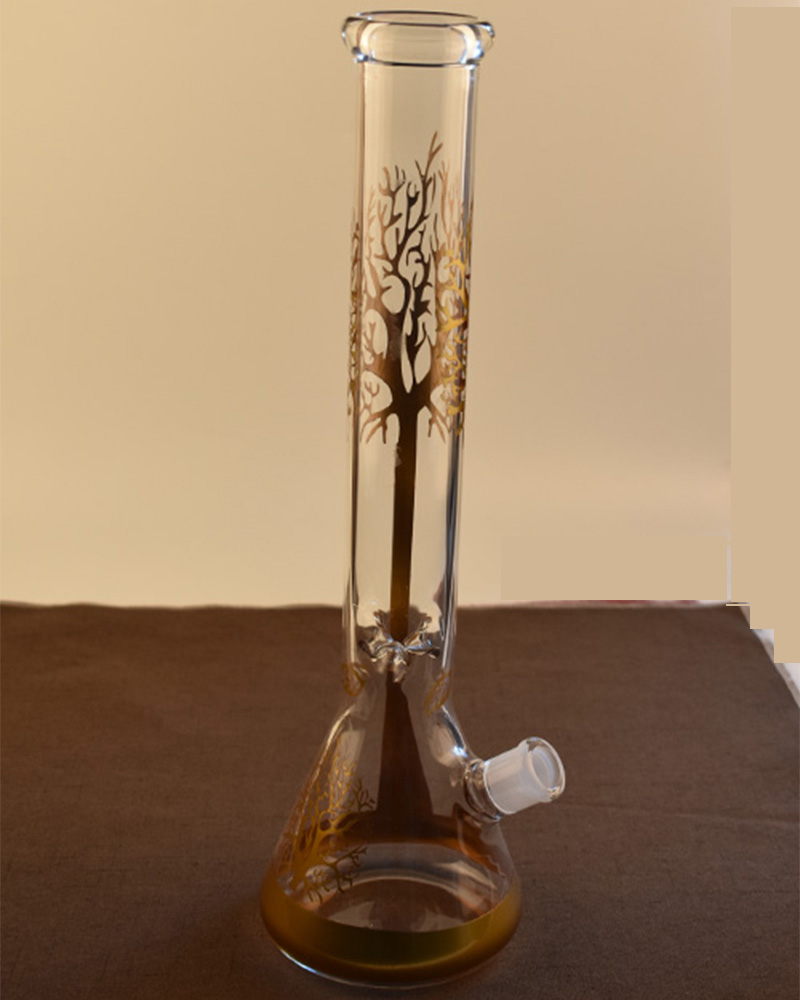News Detail
Curved Tempered Glass Customization Guide: Minimum Bending Radius and Tolerance Control
Curved tempered glass is widely used in architecture, automotive, furniture, and industrial applications due to its combination of aesthetic appeal and mechanical strength. However, achieving precise and safe curvature requires careful attention to two critical factors: minimum bending radius and manufacturing tolerance control.
1. Understanding Minimum Bending Radius
The minimum bending radius refers to the tightest curve that tempered glass can be formed into without compromising its structural integrity. This radius depends on multiple variables, including:
-
Glass thickness: Thinner glass allows for tighter curves. For example, a 6 mm glass typically has a minimum radius of around 1,000 mm.
-
Glass type and tempering process: Fully tempered glass is less flexible than annealed or heat-strengthened glass, thus requiring a larger radius.
-
Application requirements: Safety regulations and mechanical loads influence how tight the bend can be.
Designers must respect these physical limits to avoid breakage during production or installation.
2. Tolerance Control in Curved Glass Production
Dimensional accuracy is vital when curved glass needs to fit precisely into a structure or assembly. Key tolerance aspects include:
-
Arc length and chord measurement: Precision in these values ensures a snug fit.
-
Edge alignment and flatness deviation: Critical for seamless sealing and visual consistency.
-
Spring-back compensation: During tempering, the glass may slightly revert toward its original flat form. Skilled manufacturing accounts for this effect in mold design.
Tolerances are typically within ±2 mm for arc dimensions and ±1.5 mm for edge offsets, but higher precision can be achieved with advanced equipment.
Conclusion
Customizing curved tempered glass requires balancing aesthetics, structural integrity, and fabrication capability. Understanding minimum bend radii and enforcing tight manufacturing tolerances ensures not only safety and durability but also flawless integration into demanding design applications.



